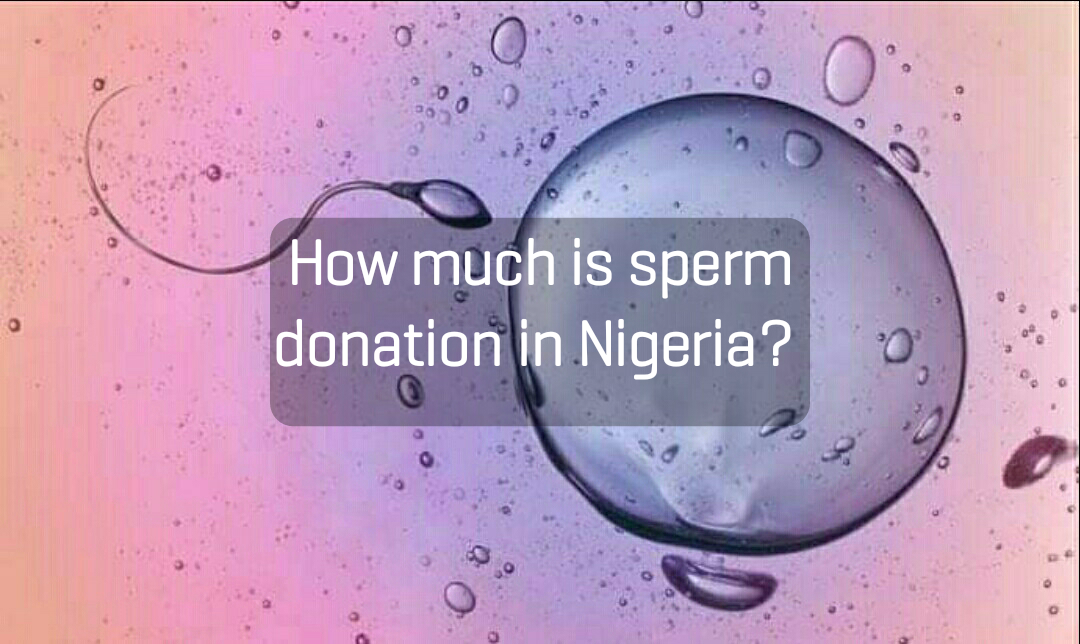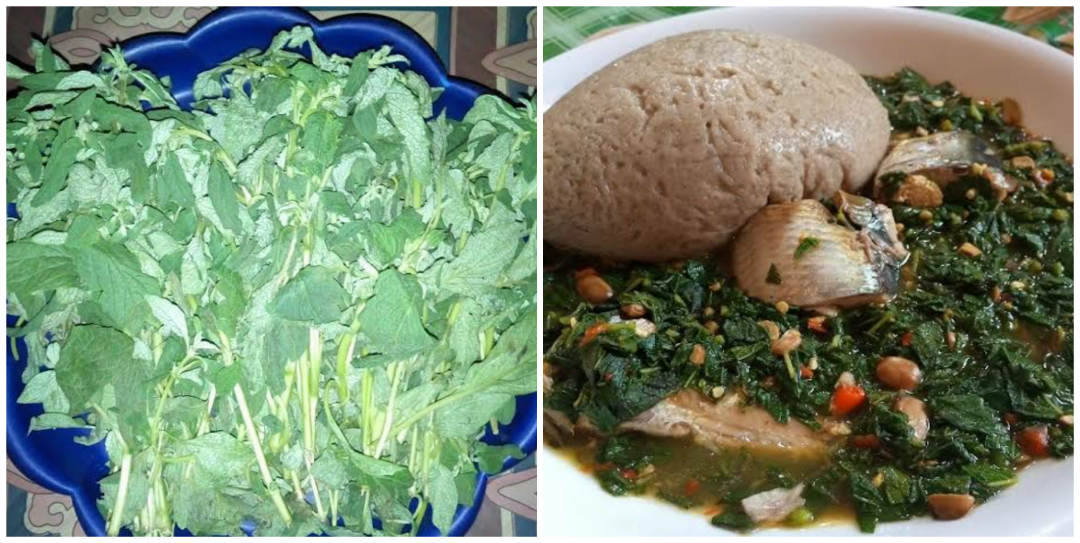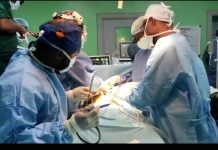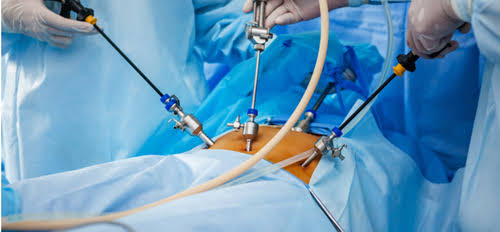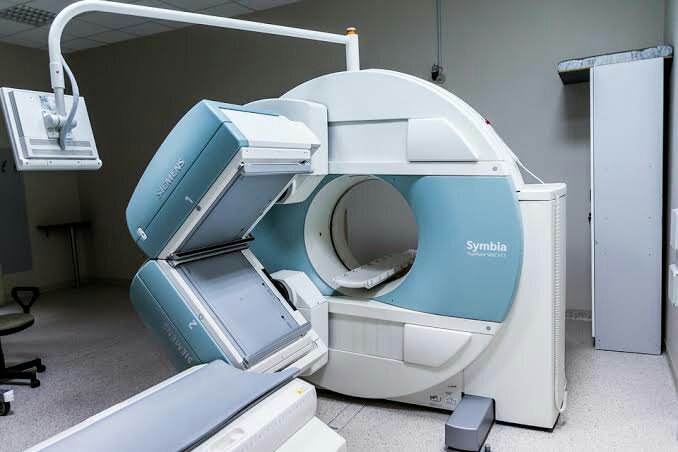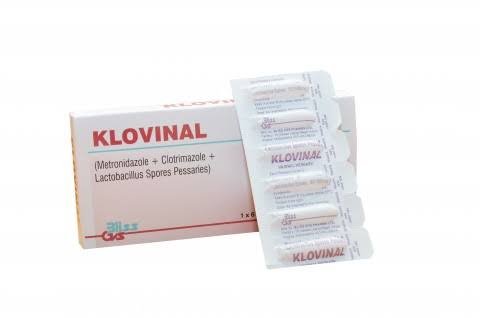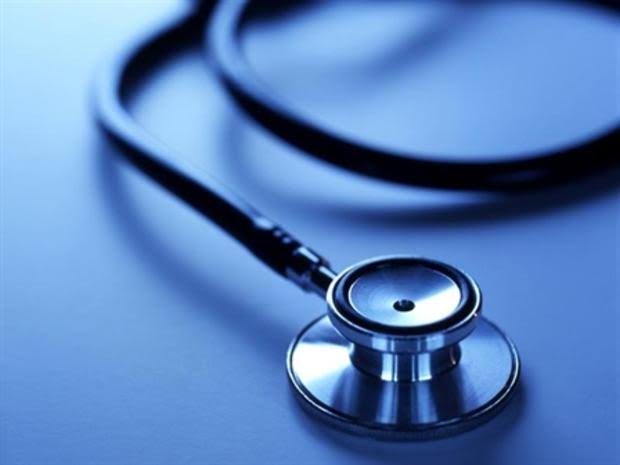Tackling the Menace of Skin Cancers in Albinos
Outline
- Introduction
- Health challenges in Albinos
- Skin cancers in albino
- Causes
- Clinical presentation
- Management
- Prevention/Recommendations
- Conclusion
Introduction
Skin cancer is an important cause of morbidity and mortality among albinos in the tropics
Albinism is a genetically inherited disorder. Phenotypically it presents with reduced or no melanin in the hair, the skin and the eyes
Worldwide distribution of 1 in 20000. Range between 1 in 2700 to 1 in 10000 in Africa
Nigeria has the highest prevalence rate with estimated figure of over 2 million albinos.
The lack of melanin in Albinos increases the risk of developing skin cancer by 1,000 fold as compared with the general African population.
Types of albinism
- Oculocutaneous albinism affecting the eyes, skin and hair inherited as autosomal recessive
- OCA1, involves the tyrosinase gene OCA2, alteration of P gene
- OCA3, due to TYRP1 mutations
- OCA4, due to SLC45A2/MATP
- Ocular albinism is sex linked
Health challenges in albinos
- Skin cancers
- Visual problems – photophobia, nystagmus, myopia, astigmatism, strabismus
- Social discrimination, stigma and depression
Skin Cancers in Albinos
- Skin cancers in albinos represent a major health challenge.
- They occur as result of skin damage from sun exposure.
- Virtually all parts of the body can be affected if exposed to sunlight.
- Due to our dressing pattern it tends to occur more on the head and neck, upper chest, shoulders and the forearms and hands
- Skin cancers pose a huge financial, emotional and physical burden on albinos
- It may lead to depression, loss of self esteem, loss of man hours, depletion of scarce resources and even death if not treated early.
Causes/Risk factors
1. Exposure to sunlight
Ultraviolet radiation
- UVA (400–315 nm)
- UVB (315–290 nm), most carcinogenic
- UVC (290–200 nm), absorb by ozone layer
- UVB induces skin cancer through:
direct photochemical damage to cutaneous DNA and p53 gene and
local inflammatory derived reactive oxygen species
2. Radiation
3. Chronic inflammation
4 Arsenic and hydrocarbon exposure
5. Chronic immunosuppression
Up to 80% of skin tumors arise in association with a pre-existing actinic keratosis.
Clinical presentation
- Onset time is the 3rd decade of life (may occur earlier)
- Tumors are multiple, run aggressive course and prone to recurrence
- May present in different parts of the body
- May present as chronic ulcers, bleeding lesions or with metastasis (distant spread)
Treatment
- Use of anticancer creams e.g. 5 Fluorouracil
- Surgical excision
- Radiotherapy
- Chemotherapy

Credit: albinism.org
Prevention of skin cancers in albinos
- Primary prevention.
- Health Education
- Provision of indoor employment opportunities (Wearing of protective clothing
- Use of Sunscreen
- Use of Sun glasses to protect the eyes from sun’s UV rays
- Avoid fire burns
- Secondary prevention
- Early presentation to the hospital
- Early diagnosis
- Prompt treatment.
- Tertiary prevention
- Rehabilitation
- Re-adaptation to work and society
- Psycho-social support

Conclusion
- Albinism is the most important risk factor for skin cancer in our environment
- Late presentation due to poverty and ignorance are a major challenge
- Government policy on public health, indoor employment education, assess to prevention early in life will improve morbidity and mortality

The albino skin can be very beautiful when properly taken care of.
READ ALSO: 8 causes of breast cancer
This article was written in commemoration of the World Albino Day by:
Dr. Fidelis Ozoba
Senior Registrar in the Department of Plastic and Reconstructive Surgery University of Benin Teaching Hospital (UBTH), Benin-city, Edo State.




